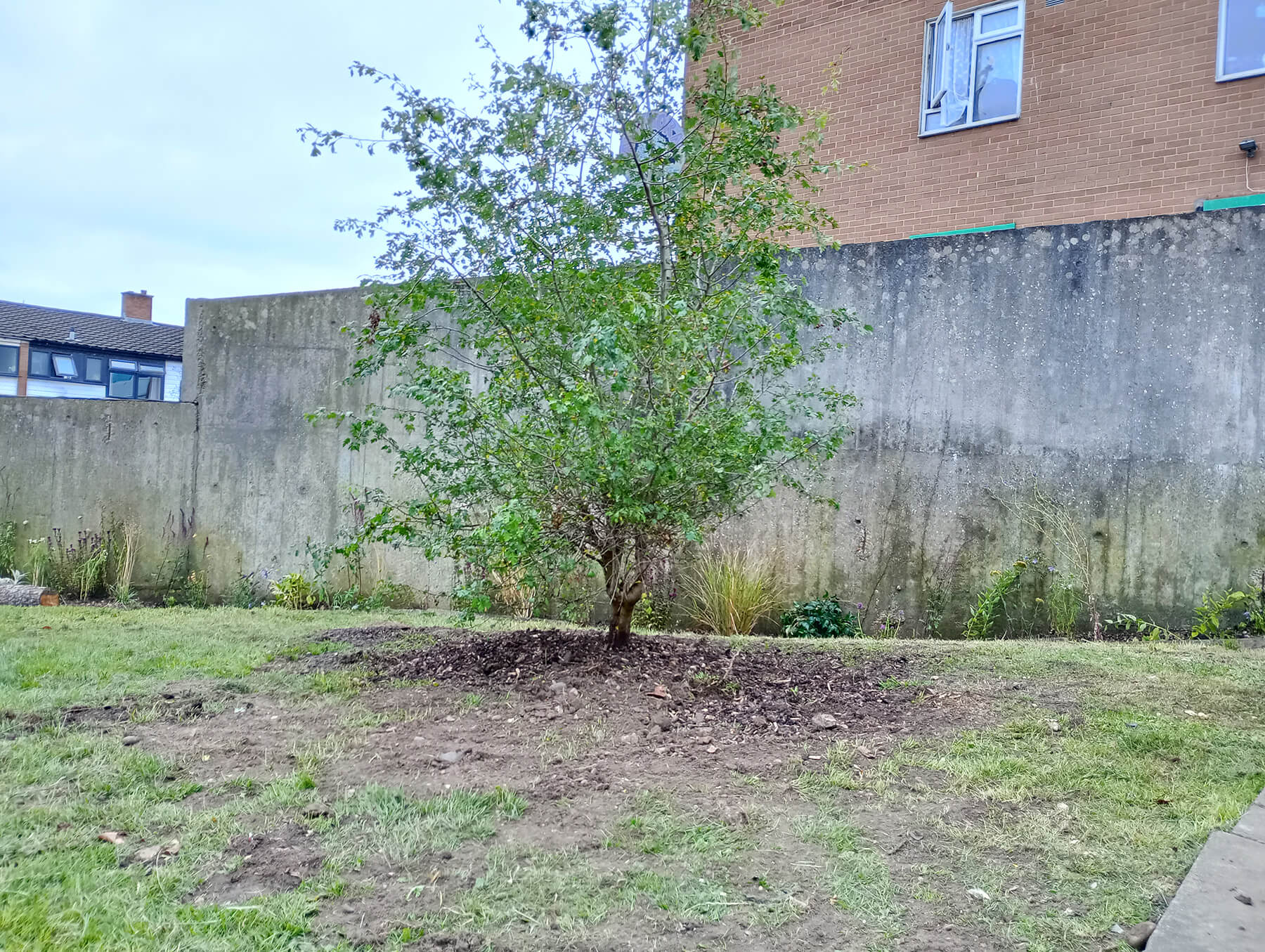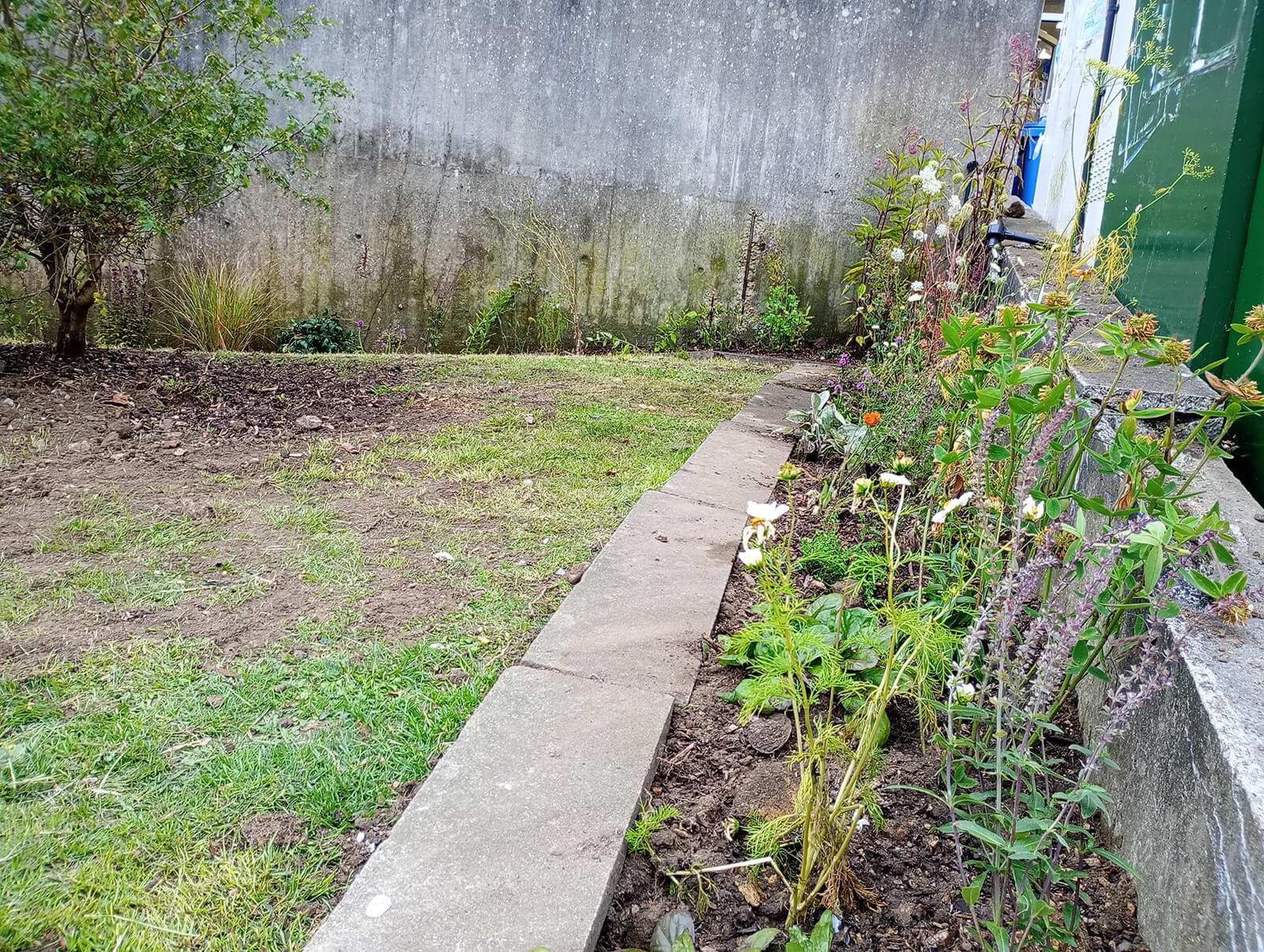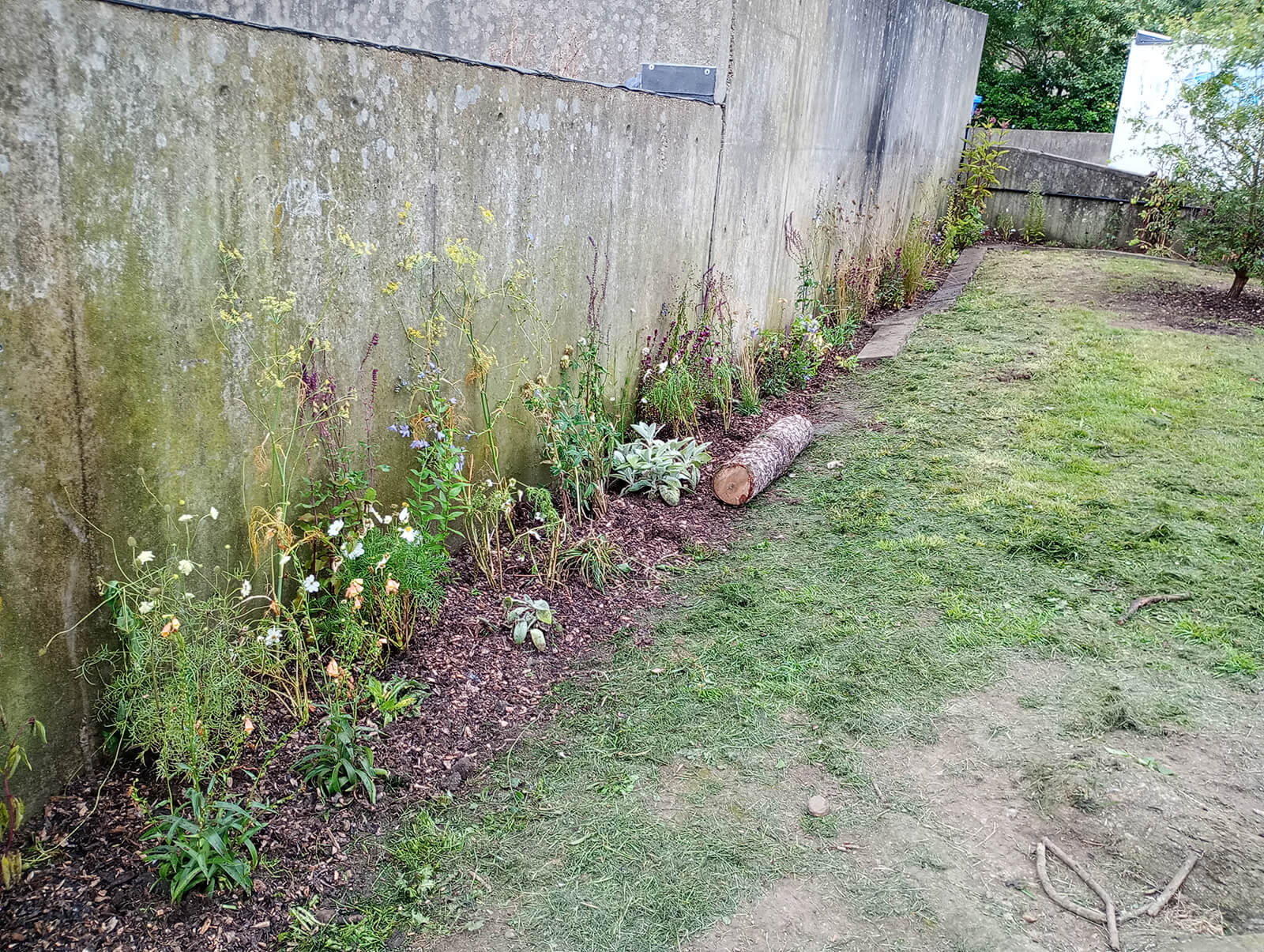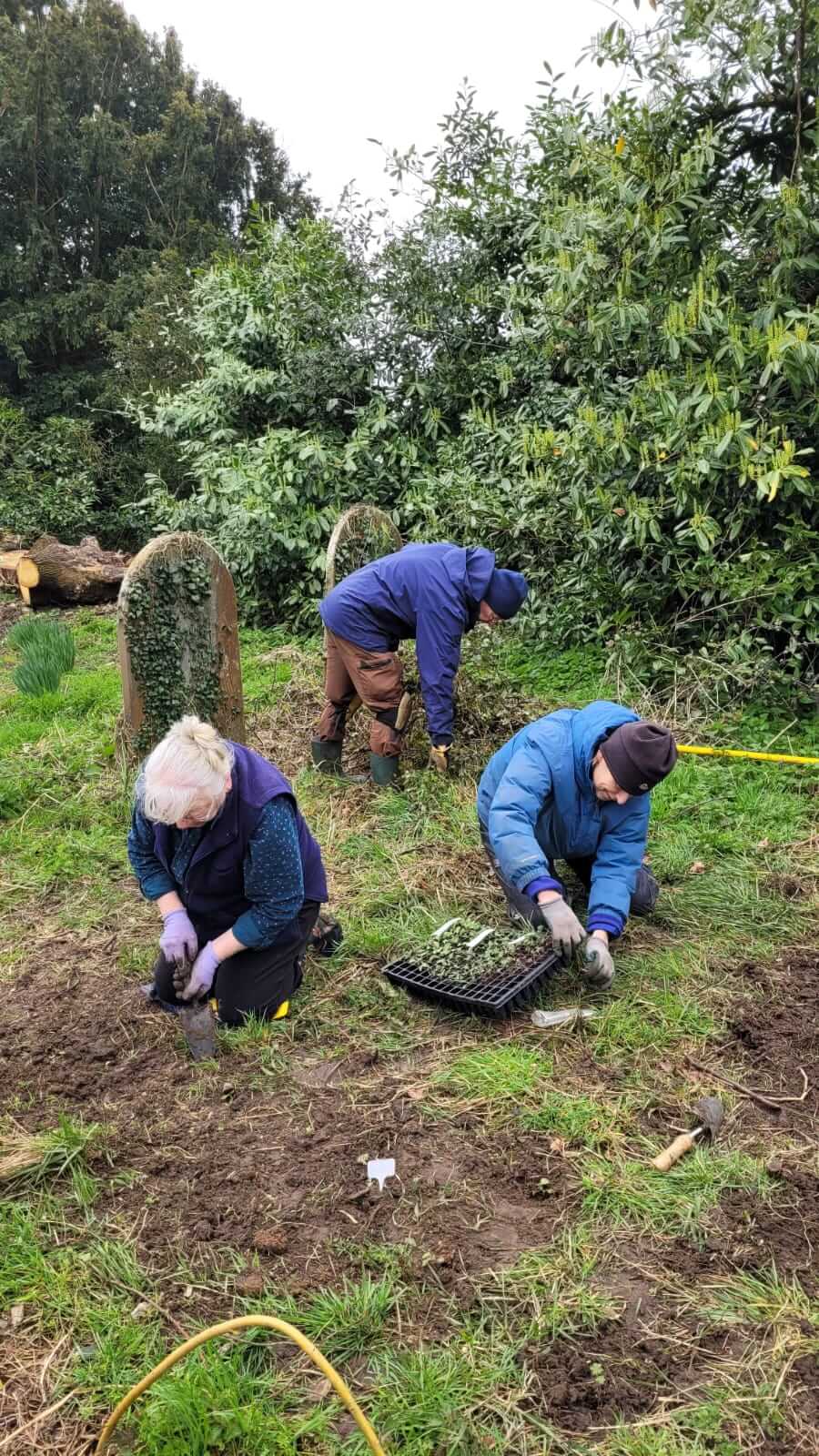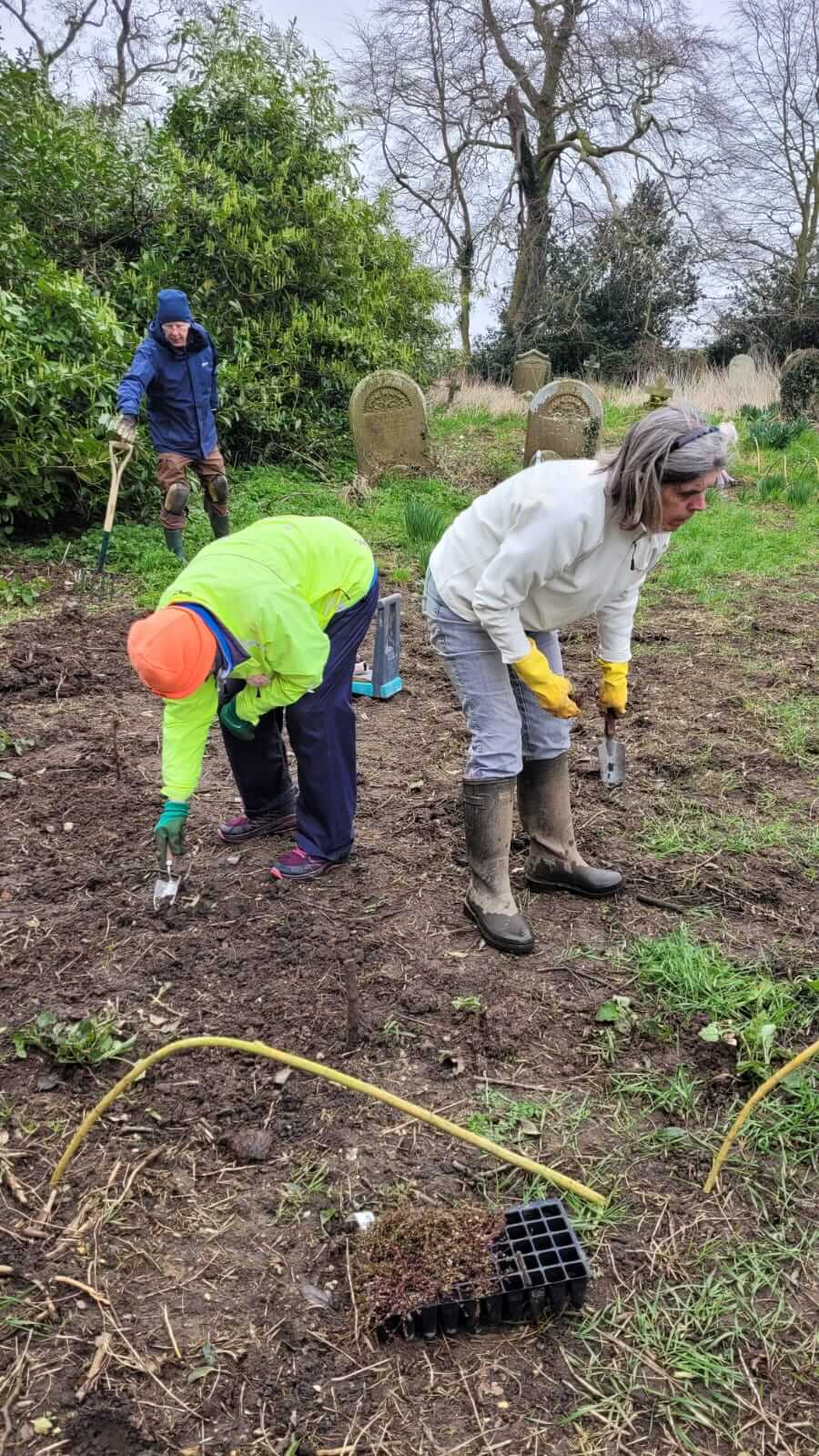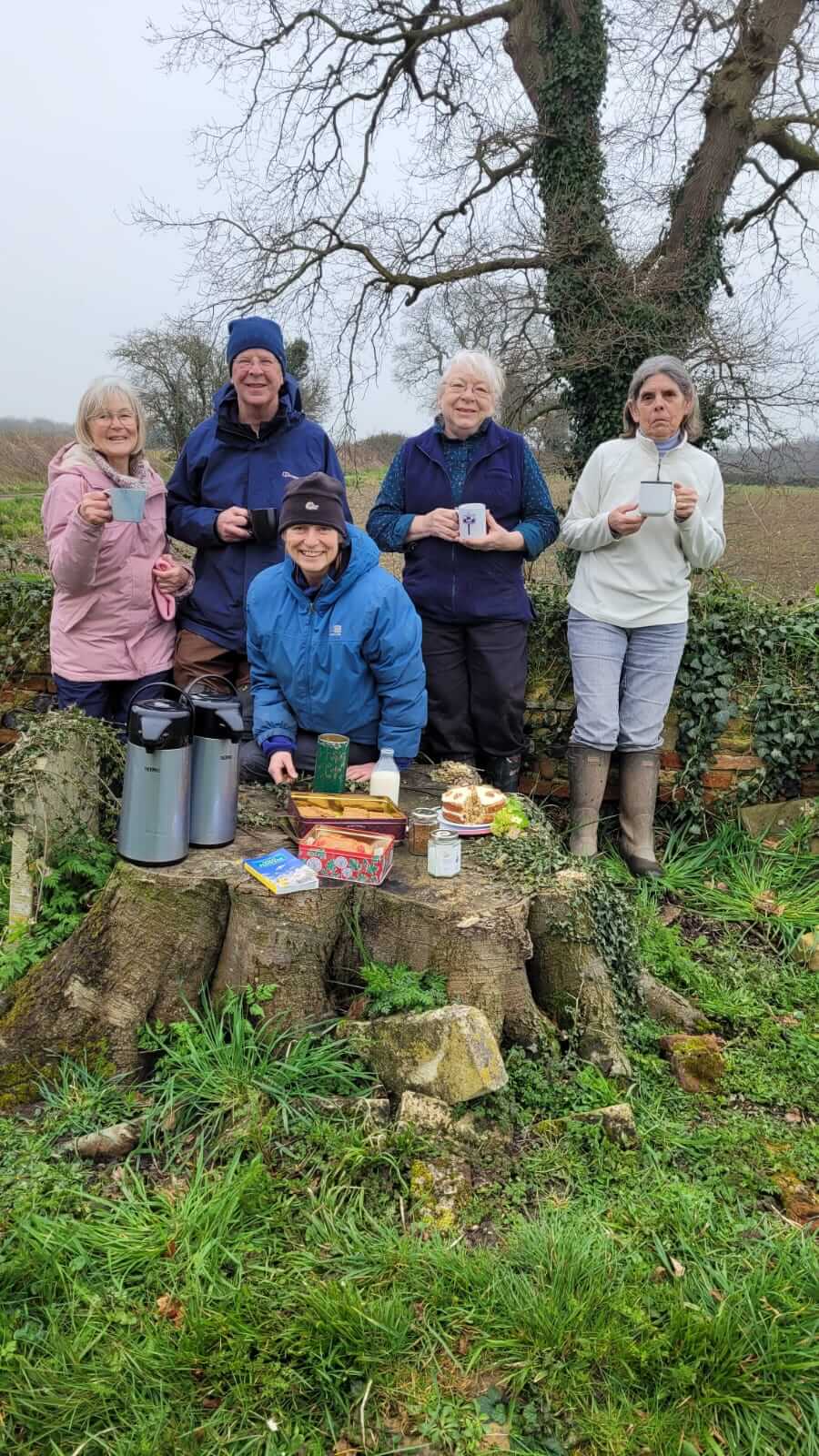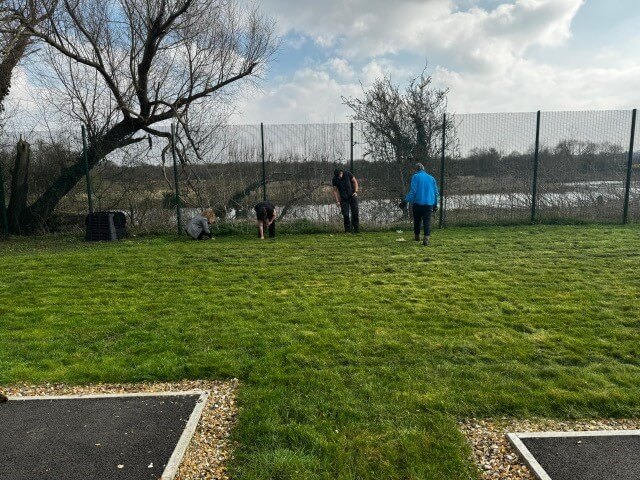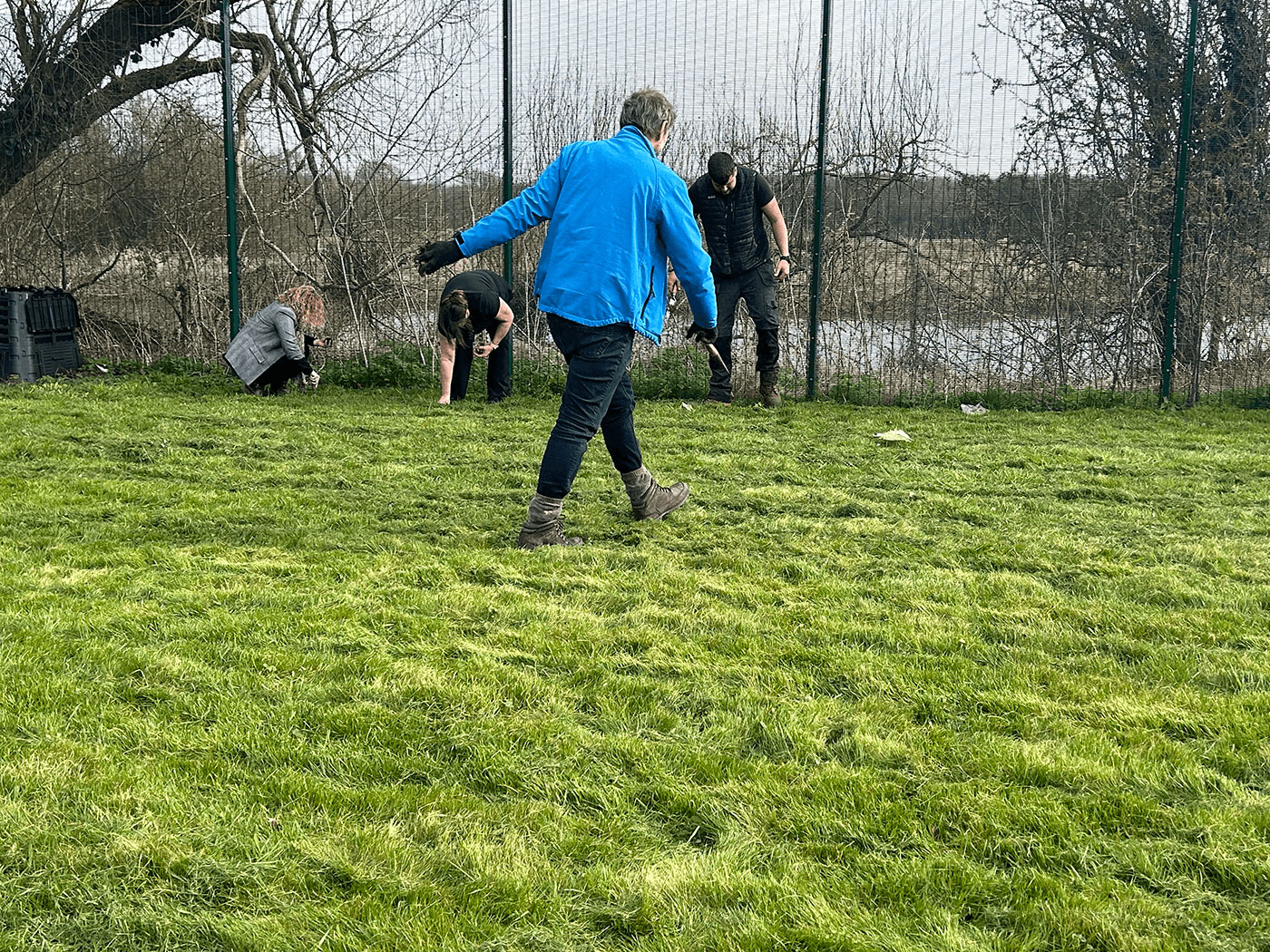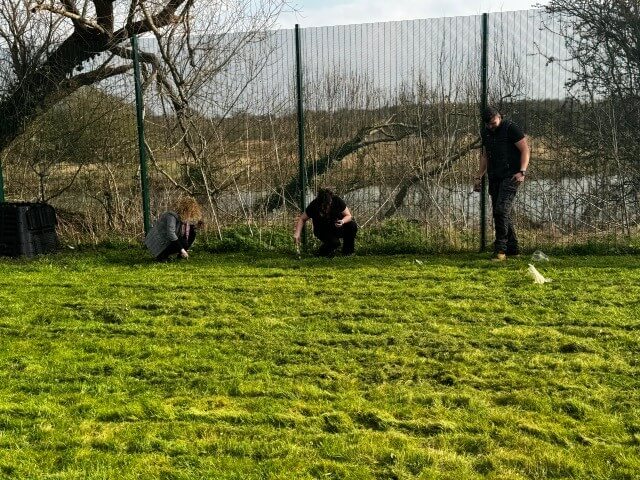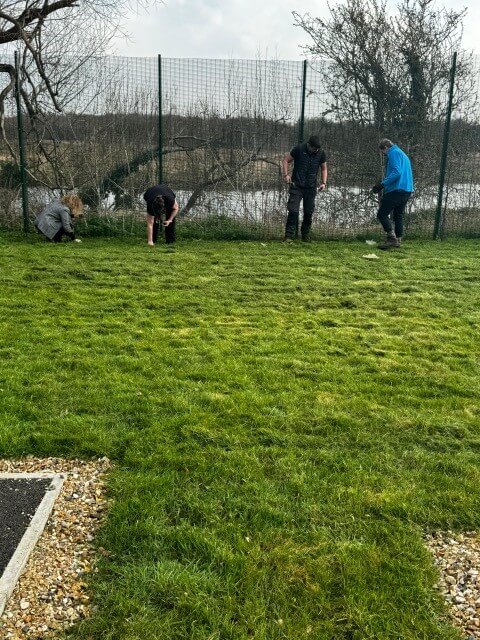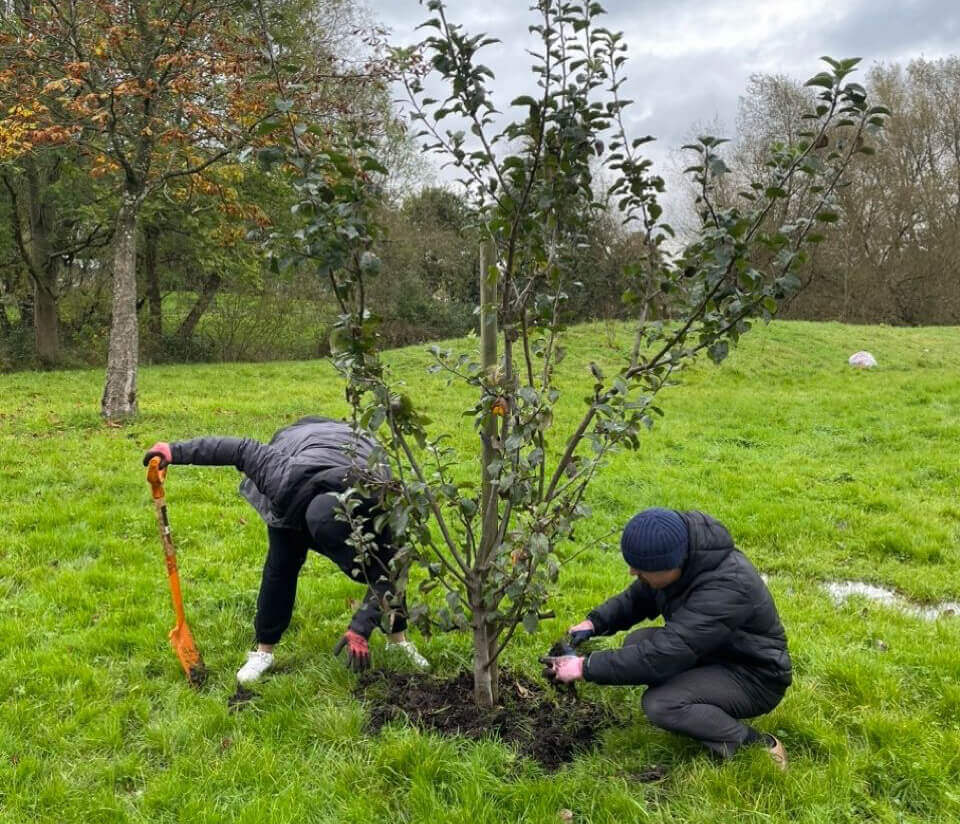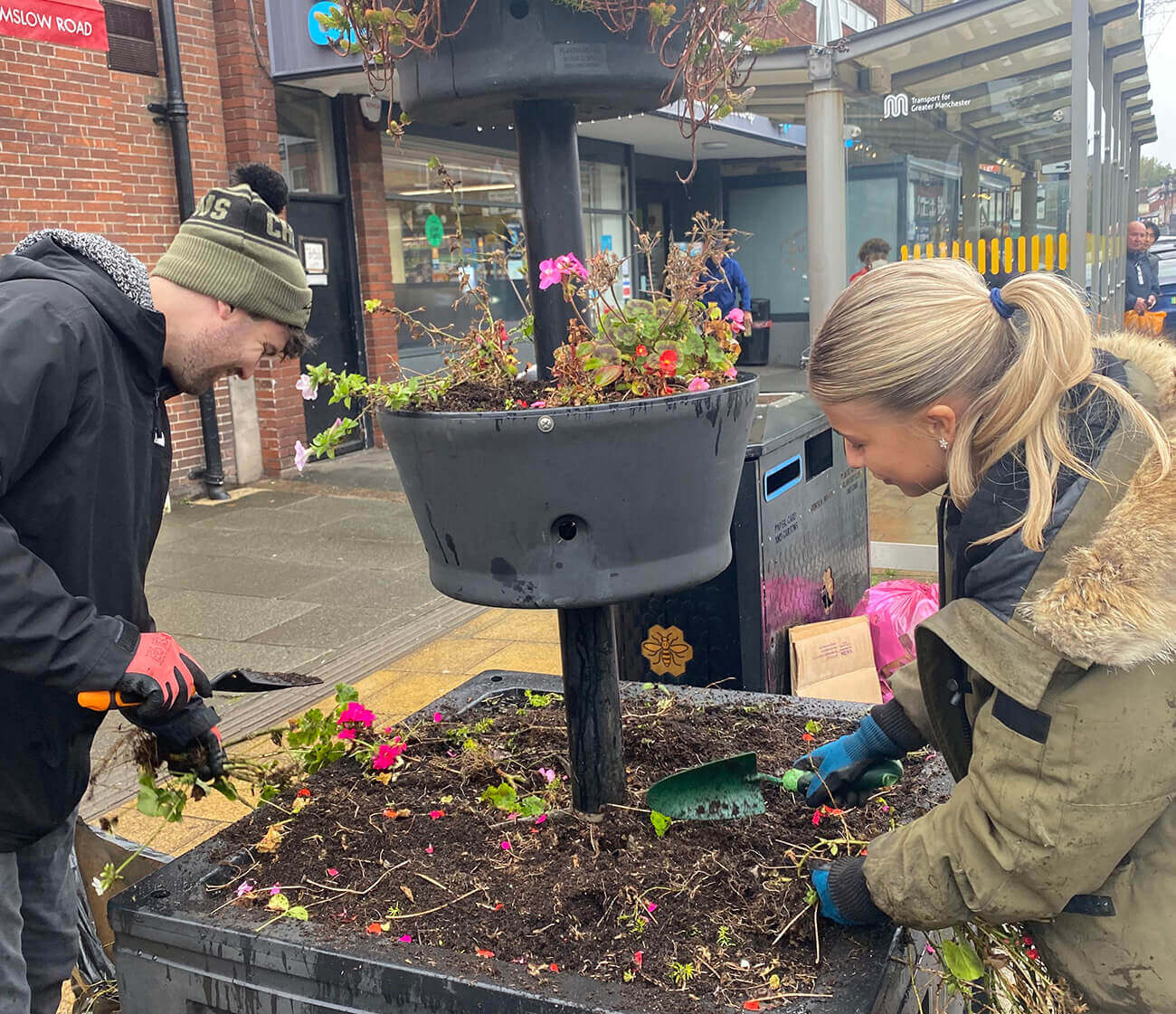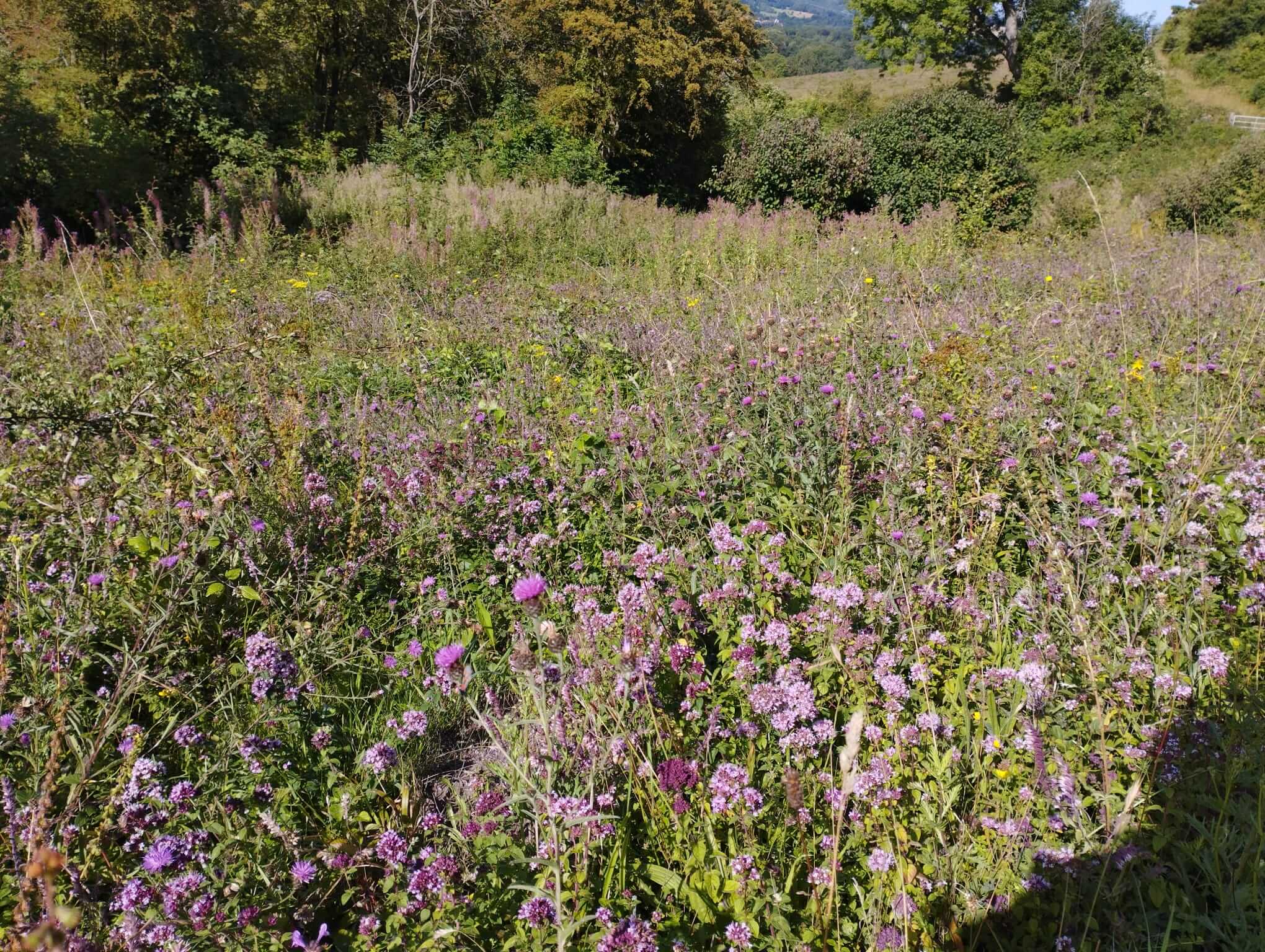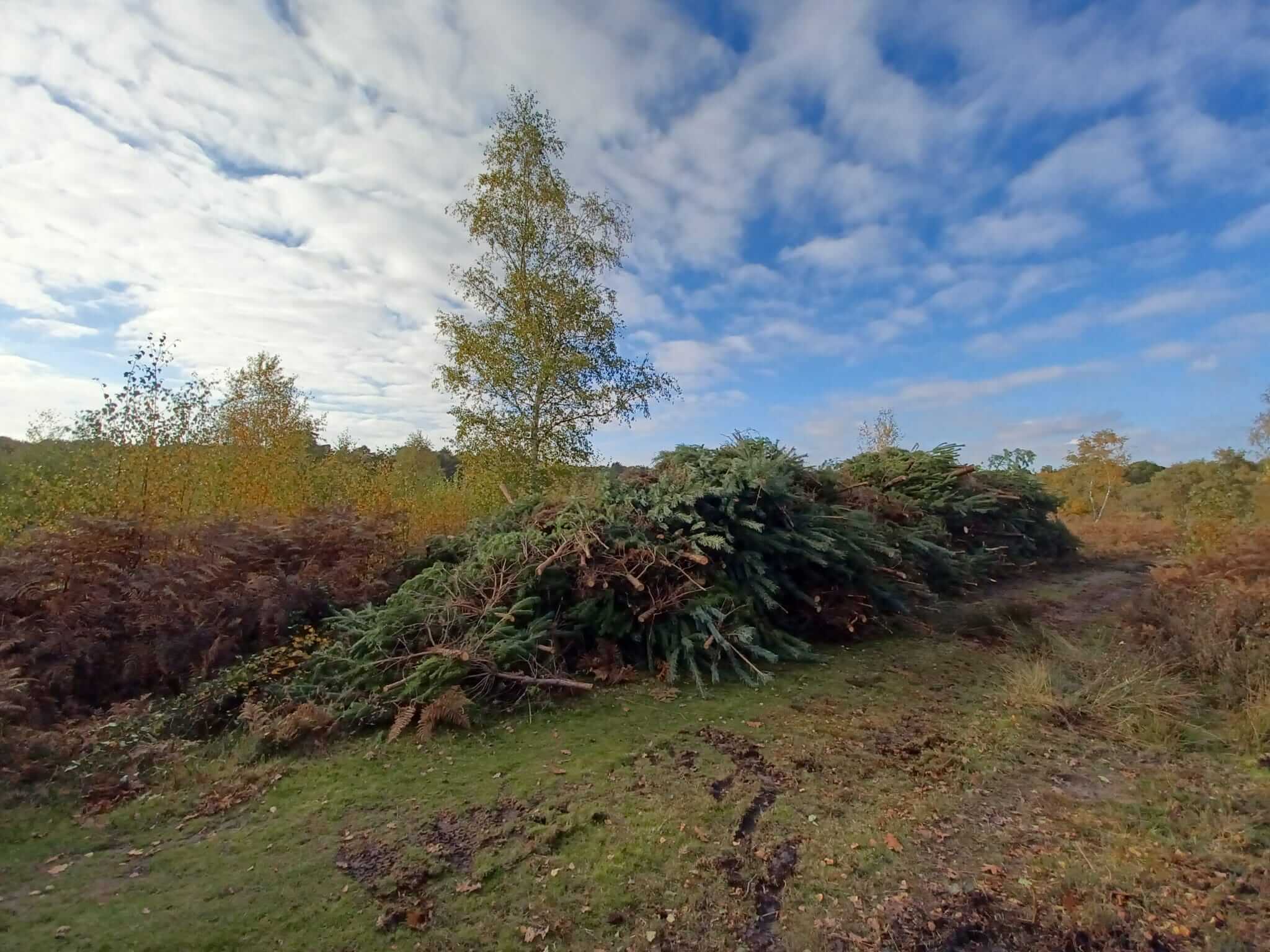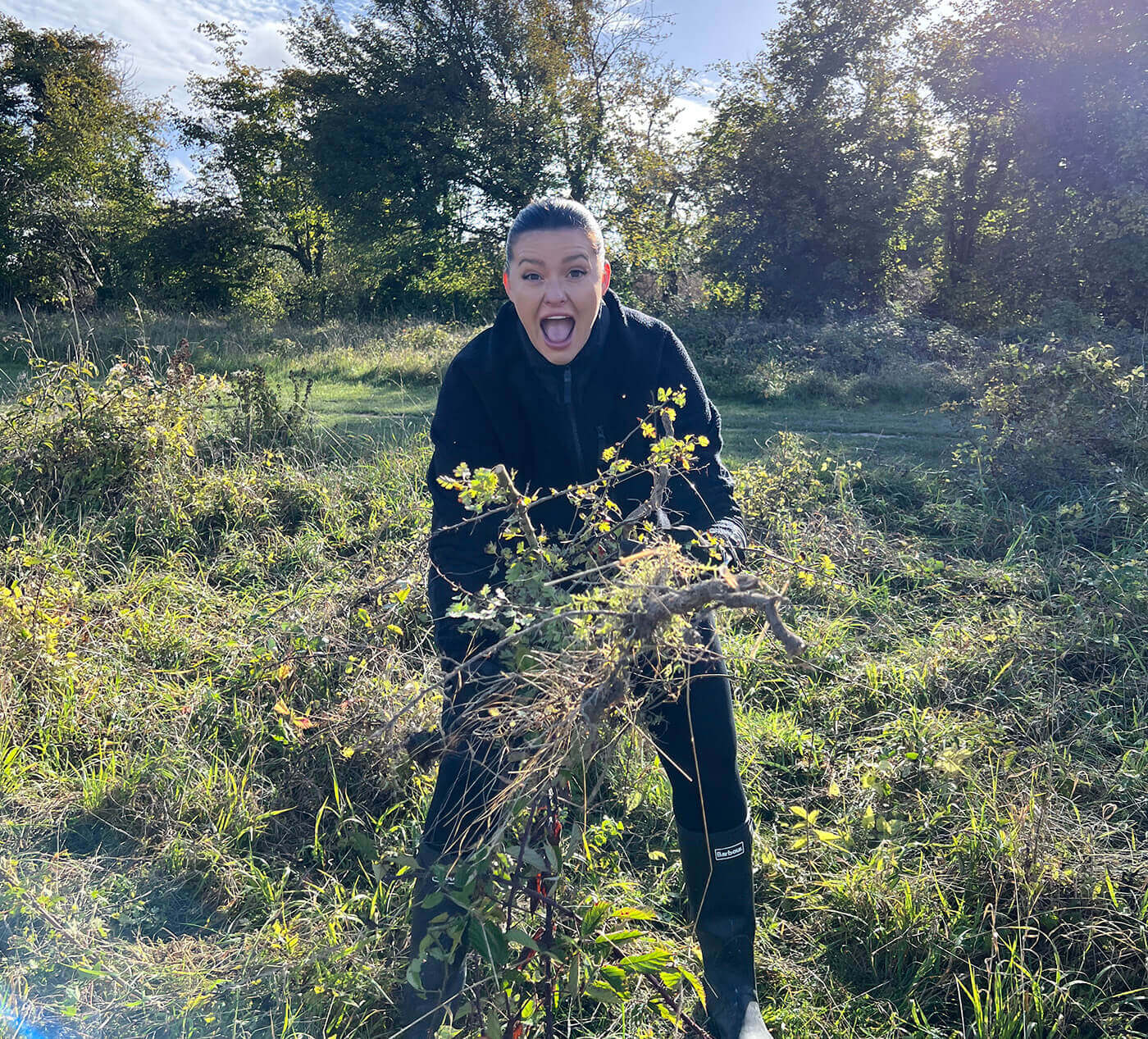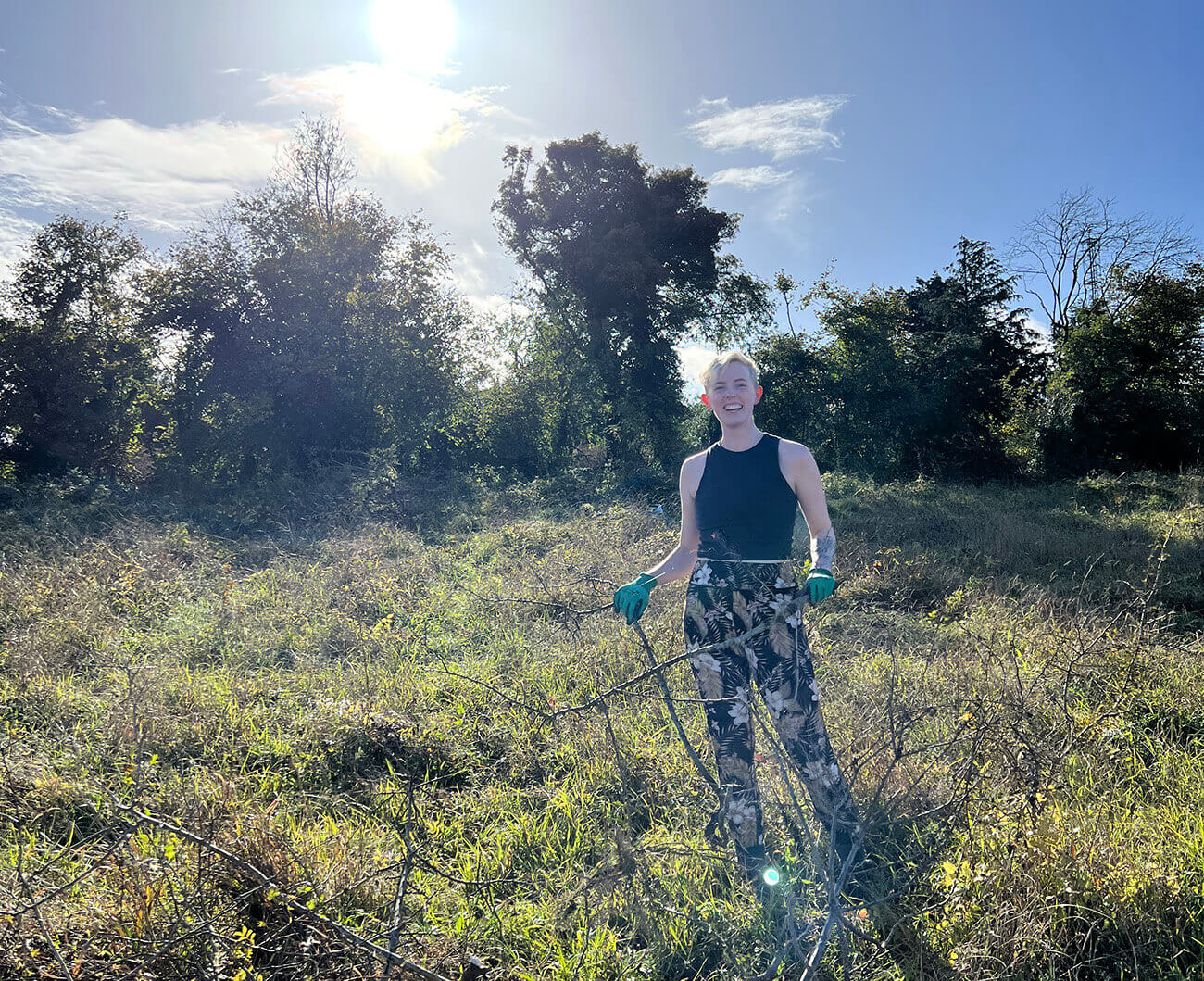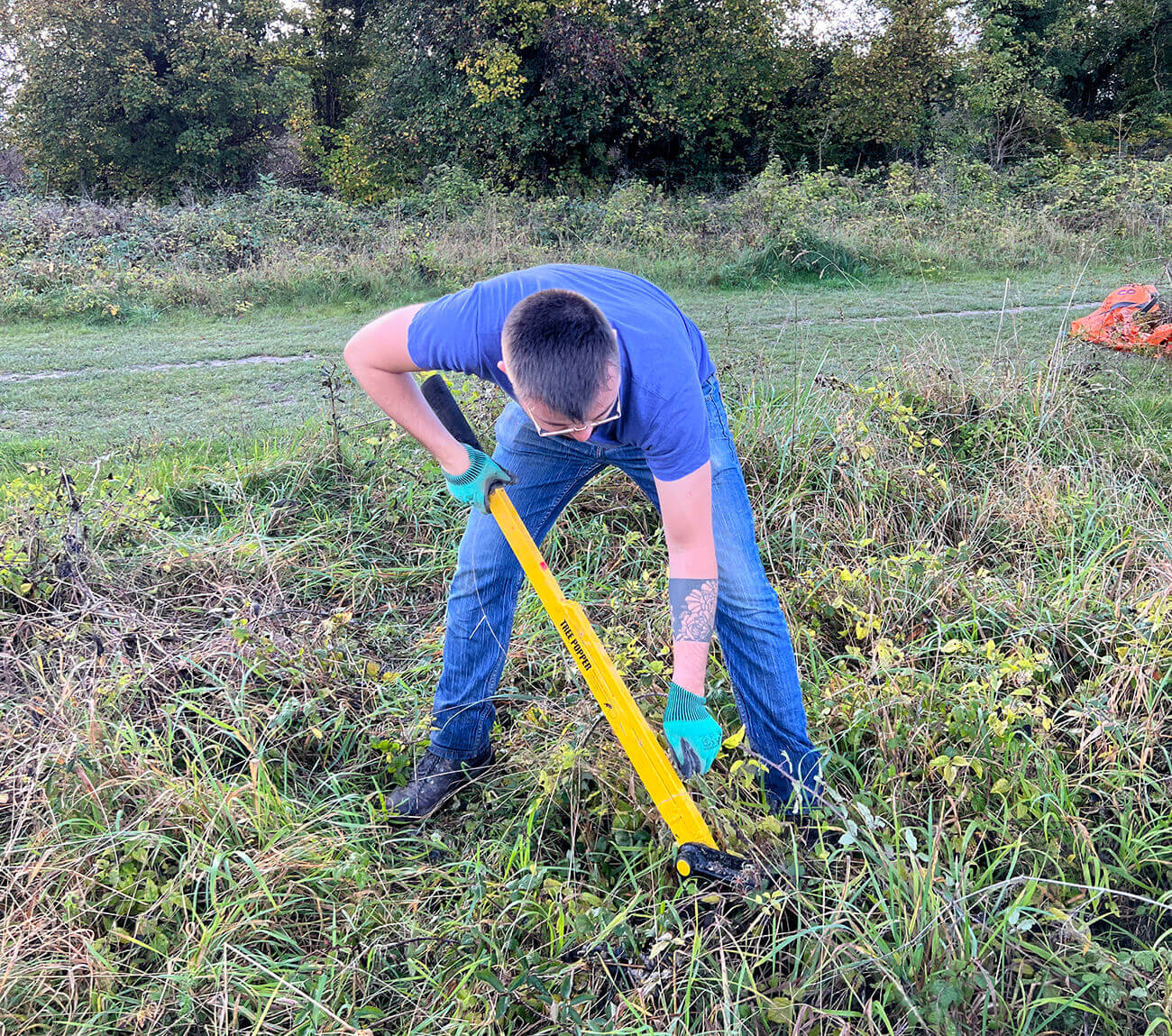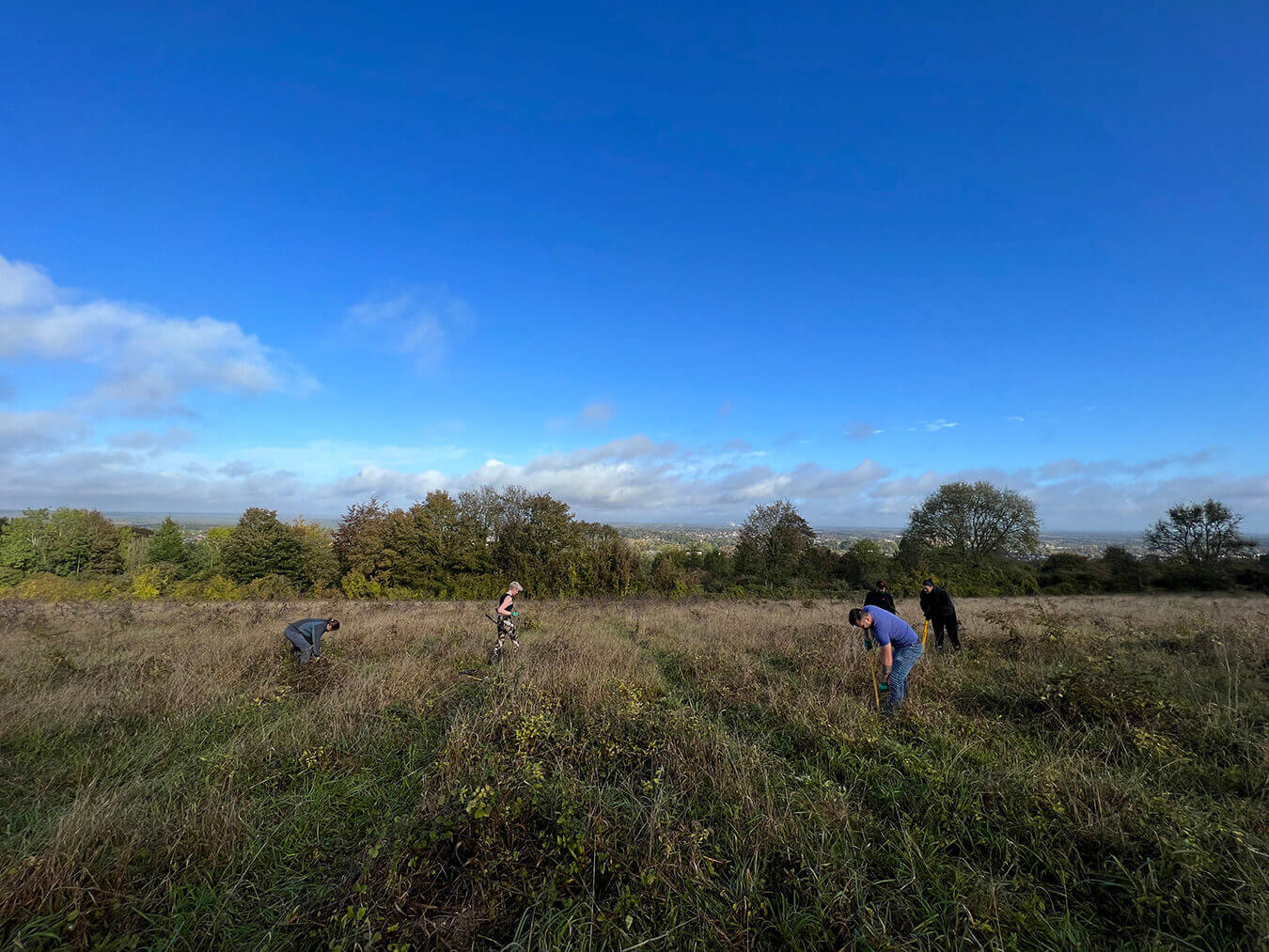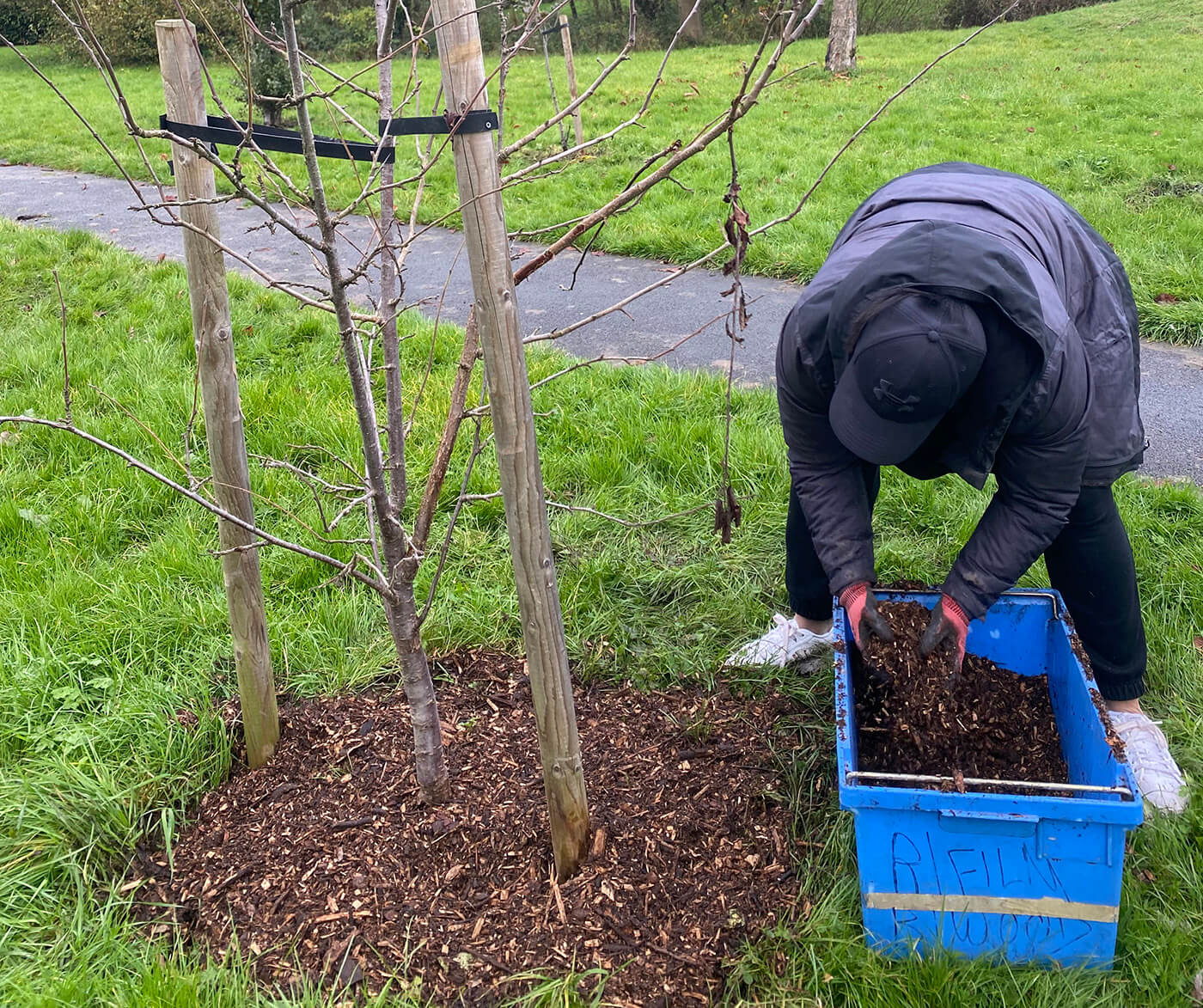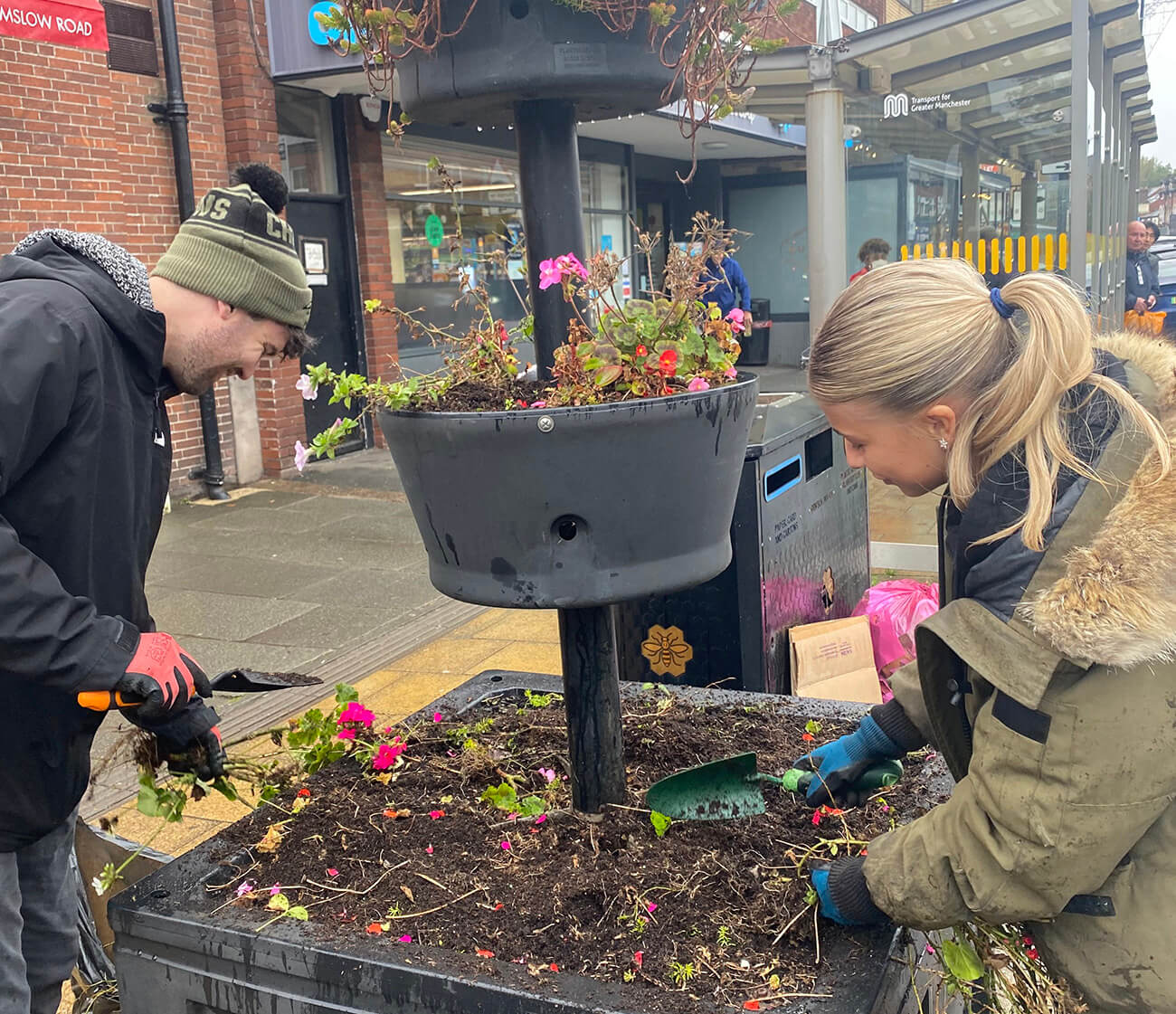Leaders Romans Group supported the planting of 7 hectares of wildflowers in the UK across 2023-2024
Leaders Romans Group has taken action to restore wildflower meadows, one of the rarest habitats in the UK that is essential for the protection and survival of insects.
Wildflower meadows provide insects with food, shelter and transport links across countries in the UK where biodiversity has been depleted by habitat loss, development and intensive farming. World leading study, State of Nature confirms the UK as one of the world’s most nature depleted countries, with 1 in 6 of more than 10,000 species assessed (16%) at risk of being lost from Great Britain.
Pollinators are critical to food chains and as such, wildlfower meadows provide valuable support for wildlife and all life on earth, including humans. In the words of Kew Gardens, ’The more wildflowers there are, the more diverse pollinators they can support, and the more healthy crops we can grow.’
Our solution is to restore B-Lines - a network of insect pathways along which we are restoring and creating wildflower rich habitat. These insect super highways created in partnership with GreenTheUK and Buglife will extend across the whole of the UK, allowing wildlife to move freely through our countryside and towns. Thanks to support from Leaders Romans Group, a network of flower-rich pathways that benefits pollinators, other wildlife, and people has been created.
Leaders Romans Group has supported the planting of 7 hectares of wildflowers, with 6.5 ha already in the ground. A further 0.5 ha will be planted in the autumn which will be added to this case study in due course.
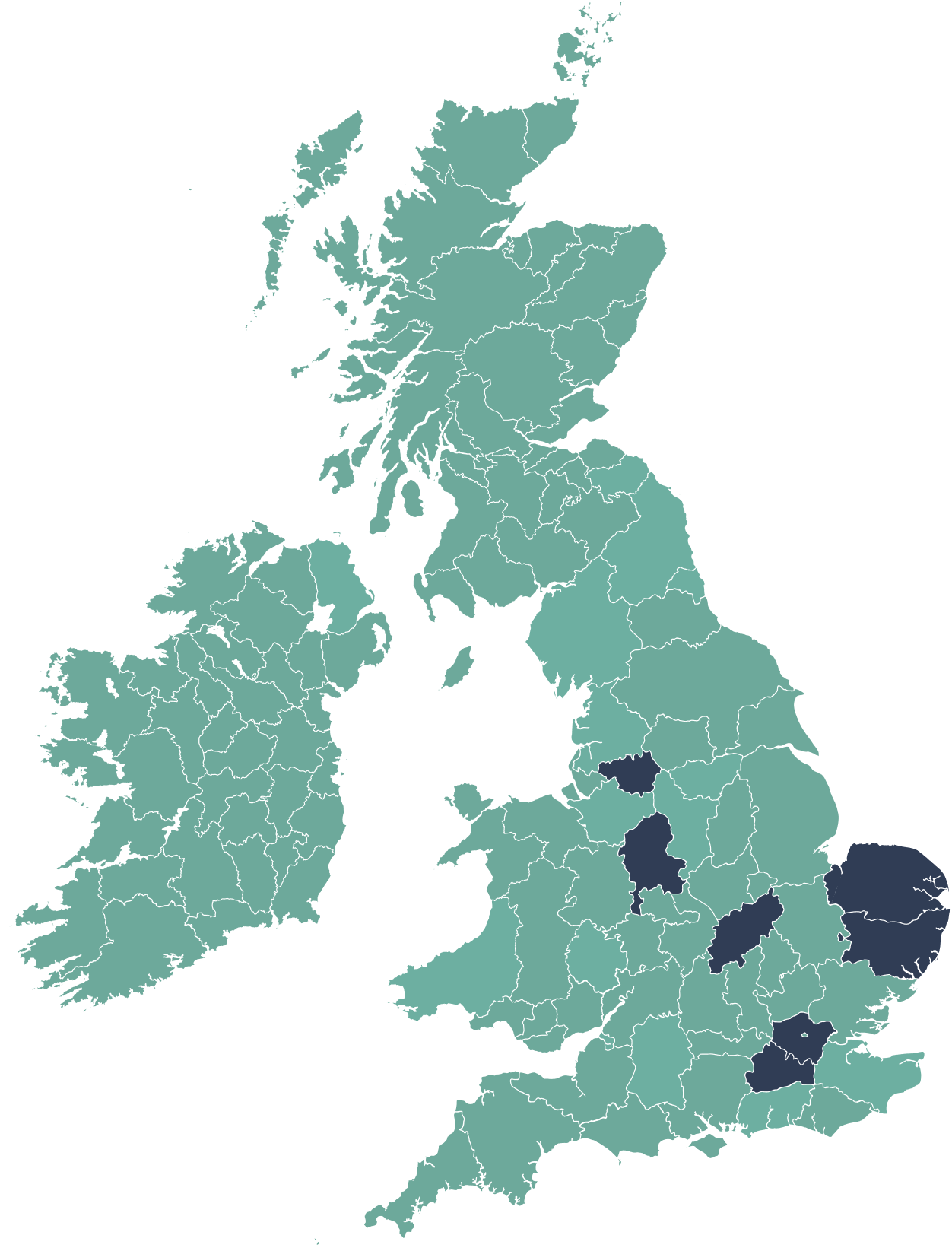
Wildflower Planting in Surrey (1 hectare)
Leaders Romans Group's sponsorship has gone towards clearing invasive Scott’s Pine over a hectare of priority heathland habitat at Surrey’s Wisley Common. Surrey has lost 85% of its heaths in the last 200 years, so this work is important to protect the remainder. Heathland habitats support diverse assemblages of invertebrate and other species, including many specialist species that aren’t found anywhere else. In fact, heathland habitats support more bee species than any other UK habitat, with Surrey additionally home to more known bee species than any other UK county. In October 2023, a team from Leaders Romans Group helped with tree popping in preparation for the wildflower meadow.
Wisley is a nationally important site for dragonflies and damselflies, with twenty species recorded. It also attracts many rare birds, including the hobby, which is one of the few creatures that can actually catch dragonflies. While the clearance works may initially appear harsh, the bare patches of bare soil will soon be colonised with purple heather and acid grassland. If left unchecked, invasive Scott’s Pine would out shade Wisley’s flowering plant communities, leaving little food for the rare pollinators and other invertebrates onsite.
Wildflower Planting in London (0.7 hectares)
Located in Southwark, the site surrounding the Canopi building has been adapted for pollinators through the addition of wildflowers seeds, invertebrate friendly features such as bug hotels, log piles, compost heaps and much more.
Volunteers from local LRG teams came together to help enhance this space in Spring 2024. Paving stones from the area were removed to make space for and then used to form the walls of the newly built raised garden. The style of garden, a 'hugelkultur', which is a type of garden that utilises wooden branches underneath compost and soil, was chosen as it will continue to provide nutrients to the plants as they decompose. The team had to clear the site to begin with, then layer vast amounts of wooden logs and branches before shovelling a tonne of mulch and compost to build up the garden bed. Once the final wall of repurposed paving stones was put in place, the LRG team planted a myriad of trees, wildflowers, and other plants to benefit local wildlife, creating an oasis of greenery in a majority-concrete area. Their work is the latest addition to to a number of new green spaces surrounding the Canopi building that were all once covered in paving stones, making it an important hub for various birds, small mammals, insects, and other pollinators in the centre of London.
Leaders Roman Group supported the re-planting of the B-Lines Garden, which won gold for it's category (Resilient Planting Pocket) at the RHS Hampton Court Palace Garden Festival in July, in the Tyson Estate, linking the Horniman Museum and the Devonshire Road Nature Reserve. Beds were created along the edges of a roadside amenity grassland on Tyson Road by bringing forward edging paving slabs from walls and planting in exposed earth. The Hawthorn tree from the B-Lines Garden was planted in the main grassland space and will serve as a food plant to many invertebrate species and shelter for birds. An existing flowerbed was also weeded and more flower bedding was created further down Tyson Road, enhancing the local area for pollinators and people.
Wildflower Planting in Norfolk (1 hectare)
Along the River Bure in Norfolk, Leaders Romans Group supported the planting of native wildflower species to support local biodiversity. Local volunteers assisted with the planting in a publically accesible area popular with the community. Overcrowding nettles and brambles were pushed back to provide space for the plug plants, which included species such as betony, wild marjoram, hyssop, field scabious, birdsfoot trefoil, wild clary, meadow cranesbill, giant knapweed, clustered bellflower, wild thyme, and comfrey.
Wildflower Planting in Suffolk (2.2 hectares)
The site is a ten hectare field recently purchased by Elmswell Parish Council as part of panning gain from a new housing estate being built adjacent to the area. The site has been enhanced for pollinators by planting of flowering native hedgerow around the entire boundary along with a significant wildflower margin. The bulk of the site is being turned over to football pitches and similar for the local community but all the awkward edges and similar bits have been turned over for wildflowers. The wildflower work was done by seeding a standard wildflower after the site had been harrowed by a local farmer, residents and councillors spread seed across the allocated areas. The hedging plants included: hawthorn, blackthorn, guelder rose, dog rose, dogwood, hazel and wild plum.
Wildflower Planting in Greater Manchester (1 hectare)
In the suburbs of Manchester, Leaders Romans Group sponsored the planting of native wildflower meadows across two community green spaces, Didsbury Park and Peel Hall. The planting was completed with the help of local groups: Didsbury in Bloom and Peel Hall Moat Watch. Wildflower bulbs were planted across local parks to create essential habitat for protected species.
In October 2023, a team from Leaders Romans Group spent the morning clearing planters in Didsbury village in preperation for Autumn planting. Didsbury village is a great spot for pollinators with the local group, Didsbury in Bloom, having won Britain in Bloom awards for their dedication to planting. Another group of volunteers joined us in the afternoon at Wythenshaw Park for a different type of volunteering. Volunteers helped with weeding around establishing trees and laid mulch to protect them. Following this, bulbs were planted in the park for wildlife and locals to enjoy.
Wildflower Planting in Northamptonshire (1 hectare)
On another important river, the River Nene, a wildflower meadow was planted using plugs outside the Nene Business Centre. As an important hub of biodiversity, the creation of habitat is vital to protecting local species which include a variety of invertebrates and riverside birds.
Wildflower Planting in Staffordshire (0.1 hectares)
Wildflowers seeds and plants have scattered across gardens and public spaces around the area of Ipstones by local residents and the Parish Council to enhance the whole village for pollinators. This allow the whole village to be a significant spot on the B-Lines network as a fantastic hub for pollinators and other invertebrates. The main wildflower sowing was done in an area with plenty of apple trees to bolster an existing insect habitat.
Grasses & Wildflowers Planted

UN's Sustainable Development Goals
As a GreenTheUK partner, you support projects that are in line with the UN Sustainable Development Goals.

Take urgent action to combat climate change and its impacts.

Sustainably manage forests, combat desertification, halt and reverse land degradation, halt biodiversity loss.







































































